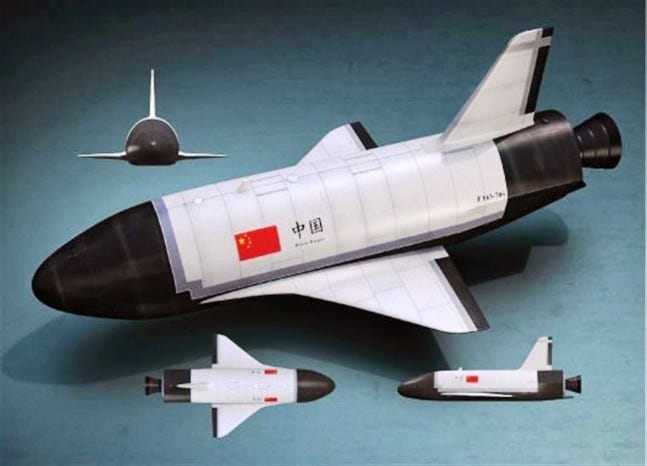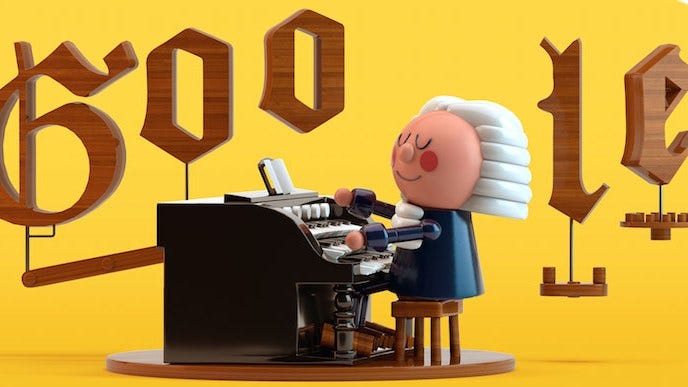
During our honeymoon in Bali, my wife received a call that would change our relationship forever. It was her dream job—an opportunity to live and work in China. But I was running a company in San Francisco and couldn’t leave the States (I was literally signing Series A financing on the eve of our wedding).
So we decided to embark on a multiyear transpacific relationship. Our family and friends thought we were crazy: you’d been dating for five years and you choose to go long-distance right when you finally get married?
But we knew we wanted to have kids, so taking the opportunity to be location flexible and focus on our careers made sense. It was hard, especially grappling with the ups and downs of startup life.
I credit FaceTime for saving our marriage. This was back in 2011 when it was first released. We take it for granted now, but having a device in your pocket that seamlessly connects you with a loved one via high quality video was amazing.
And that got me thinking: this wouldn’t be possible if my wife had gone off planet (the speed of light is a snail’s crawl in the immensity of space.) This became the seed of my short story “In the Space of Twelve Minutes” which was recently published in Uncanny Magazine. It took a couple years to write this story, and I’m super excited to share it with you.
It’s a tale set in a nearish-future where China dominates the space race and avatars are pervasive—standing in for humans relationships. We are social creatures. Each of us has an (imperfect) simulation of our loved ones buried in our brain. I’m sure you could carry on a (mostly accurate) conversation with your imaginary spouse. What if your internal simulations manifest into the physical: a human relationship bridged by an avatar? Can a machine reveal hidden truths about our relationship?
If you enjoyed the story, share it with a friend or reply to me here. I’m always curious to hear feedback.

As shelter-in-place intensified, my writing group drew closer together. We decided that we wanted to share speculative stories with glimmers of hope, resulting in two COVID inspired anthologies (Fever Dreams and Bunkerpunk):
[…] What will life be like after COVID-19?, we challenged each of our stories to bring their readers a little bit of hope. The tales that emerged aren’t overly happy or optimistic—that rarely makes good fiction—yet they remind us that new worlds still await. — Thea Boodhoo
I hope my two stories bring you a bit of joy:
The Dead Do Not Live Underground — A coroner and his drone investigate one more bunker.
Sheltering Notebook — A member of the COVID-19 generation graduates.

In 1997, an audience at the University of Oregon took an informal music Turing test. A pianist played three pieces: an obscure Bach piece, a piece by a contemporary composer written in the style of Bach, and one written by EMI, a music composition AI. In the end, the audience tried to identify the progenitor of each piece.
You probably won’t be too surprised by the result: the audience voted EMI’s piece to be most likely composed by Bach. The professionals were stunned. Many of them transformed their initial praise of the piece into sudden critiques, claiming it was obviously shallow.
Throughout the history of AI, there is a constant battle to venerate the value of the human soul. Machines armed with cold mathematics cannot replicate the output of organic creatures who translate their hard-earned real-world experience into art. But over time, this concern recedes as the machine becomes just one tool that artists use to create their work. Humans are very much in the loop. In the case of EMI, its creator, Dr. David Cope, has coded his style into the program and is also the final editor on its output. A few years ago, Google even made a doodle that let anyone with a web browser create a computer generated Bach piece, resulting in rave reviews.
However, there is one area where AI hasn’t affected to a large degree: creative writing. That’s about to change. Modern NLP models like GPT-3 are almost at a human level of reading comprehension and can generate passages that are hard even for professional writers to distinguish from human-written text. When I first got access, it opened my eyes to its potential for fiction writers.

I used GPT-3 to write Singular, three irreverent short stories about the singularity. At key turning points, I had GPT generate an array of alternative paragraphs from which I curated. Then, I put GPT into chat mode, prompting it to role play as the superintelligence in each story. These chats turned out to be the most thought-provoking part of the process—it led me to understand the motivations of my characters (GPT-3’s character?) in new and provocative ways.
Unlike EMI’s music, I don’t want an AI to spit out an entire story end-to-end (which it can do, but producing mediocre or non-sensical story arcs). I’ve always found machines to be more profound as collaborators, whether it’s writing a musical or short fiction or research into literary computational creativity. Unlike other artistic fields, literary AI hasn’t been democratized. For example, Photoshop uses cutting edge ML in its filters and content fills tools, but we don’t ogle at it like it’s a “road to singularity” AI. It’s just another tool that visual artists use to expand their creative horizons.
Can machines help us play with words as adeptly as Photoshop does with pixels?
For the past month, Amit Gupta and I have been documenting AI writing best practices, which has culminated in product called Sudowrite, an AI writing assistant for creative writing. It’s been a blast working with writers and seeing their eyes light up when it gives them fresh ideas for their stories. And for me, it’s been rewarding to combine my love for literature and programming into a single pursuit.
We’re currently testing the system with a small cohort of writers, mostly in narrative fiction. If you’re actively working on an early draft and interested in being added to the list, reply and let me know what you’re writing!




Hello. I just listened to your story, In the Space of Twelve Minutes, on the Uncanny Magazine podcast and really enjoyed it. :)